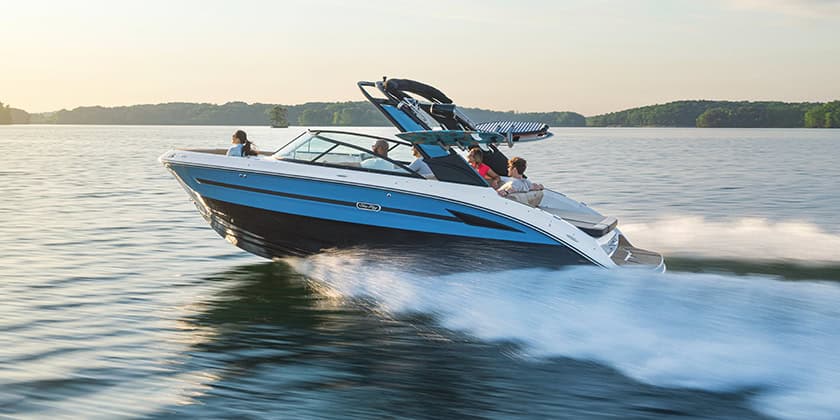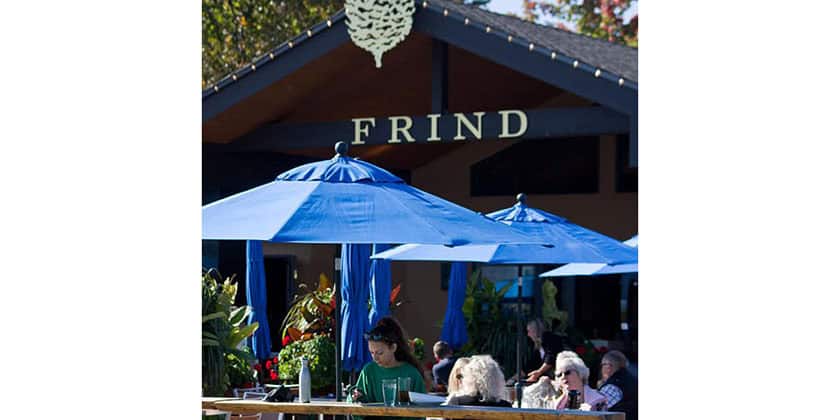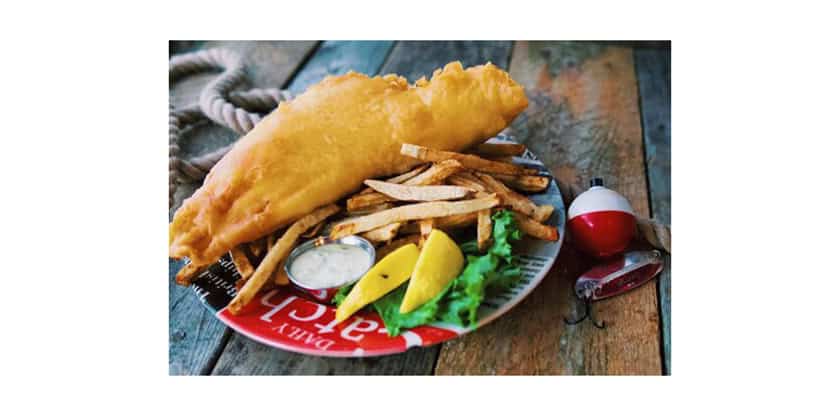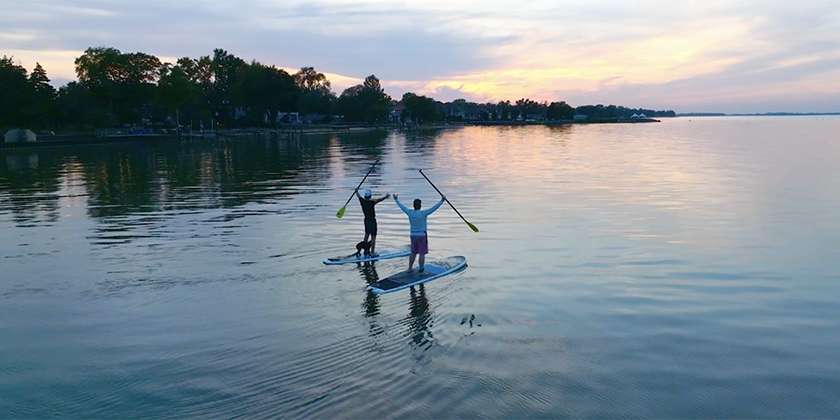Beneteau First 36.7
By Rob MacLeod
So. You sail your first boat for 24 years, then you decide that it is time to change. What is it like taking delivery of your second new boat? I got to find out first hand on a cool breezy September evening when Denys Jones of the National Yacht Club in Toronto, took delivery of his Beneteau First 36.7. His entire racing crew was there to take Rum Runner on its maiden voyage from Port Credit to National.
For over two decades, Denys and his regular crew have sailed his J30 (also called Rum Runner) in almost every race they could find. This new boat is also going to race, but on occasion, will cruise on vacation.
The Beneteau First 36.7 is functional. Everything you need in a mid sized-performance boat is there. It is not a basic stripped down racer, nor is it a floating cottage. Beneteau has taken a Farr designed hull and put together an effective, easy to handle, highly responsive package for the club sailor who wants some of the amenities, but not make a major sacrifice for speed.
ON DECK
The deck is clean. All halyards and sail controls are led aft to the coach roof. Right sized Spinlock XT deckstoppers hold halyards in place and Lewmar 40 AST winches have sufficient power to apply sufficient luff tension for the breezy conditions we were about to encounter. After sailing mast furling cruising boats for the past few months, it was refreshing to once again see battens in a mainsail. The large main went up easily with two crew-one horsing at the mast and the other tailing on the winch.
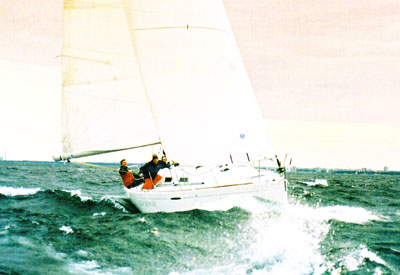 The side decks are clear, although a little tight around the shrouds. The mast is keel stepped with rod rigging to reduce stretch and maintain mast and sail shape. Denys told me the standard genoa furling would stay for the time being, but for serious racing, it would be replaced by a foil to facilitate quick headsail changes.
The side decks are clear, although a little tight around the shrouds. The mast is keel stepped with rod rigging to reduce stretch and maintain mast and sail shape. Denys told me the standard genoa furling would stay for the time being, but for serious racing, it would be replaced by a foil to facilitate quick headsail changes.
The cockpit seats 8 comfortably- IO if you are as friendly as Rum Runner’s crew. The aft part of the cockpit seats remove for racing giving more room for crew movement, in particular for genoa trimmer. In place, they cause a bit of a dance with a full racing crew. For cruising, the longer seats are more comfortable and are needed ifyou want to stretch out. This cool evening, I really appreciated the teak cockpit seats. Fibreglass can get cold after a few hours of sitting.
BELOW DECK
The Beneteau 36.7 sleeps eight-two forward, two in each of the two aft cabins and one each on the settees in the main salon. The wood table lifts out to provide more room in the salon for sail bags, and can be readily replaced for the summer vacation or weekend cruising.
Denys is a custom furniture builder. I asked him what he thought of the interior construction. He smiled and said the boat is built very well and the design of the cabinetry was excellent. Who am I to argue with a man who makes his living in wood? The latches on the cupboards seemed to grab well. All of the compartment doors were ventilated.
The galley is small and functional. The two-burner stove and small oven will do a great job warming lasagna on an overnight race. The top-loading icebox has an electric cooler.
 Across from the galley is a compact navigation station with good storage. The electrical distribution panel is easy to access.
Across from the galley is a compact navigation station with good storage. The electrical distribution panel is easy to access.
ENGINE AND SYSTEMS
The 30 HP Yanmar sail drive has plenty of power to move the 36.7 around. Even with a folding prop, the boat stopped and backed upwind with relative ease and control. Having the throttle control low and on the side of the cockpit is going to mean taking your eyes of the dock when maneuvering in tight quarters. The tachometer is on the other side of the 8-foot wide cockpit, so those of us wearing bifocals may have to remember that the needle pointing to 12 o’clock is about 2500 RPM.
UNDER POWER
The Beneteau 36.7 handles well under power. The engine/two-blade folding propeller combination moved the boat with authority. In an open channel, exposed to wind and waves, the 36.7 stopped in about two boat lengths down wind and much less up wind. The prop walk is to port, but once moving I was able to back in a figure 8 with excellent control. In forward, the boat turned in just over its length.
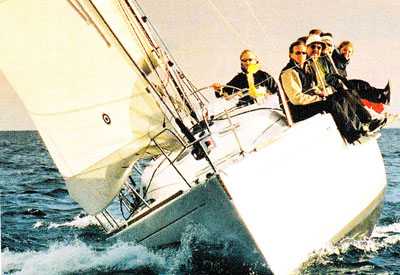 UNDER SAIL
UNDER SAIL
The Bruce Farr designed hull is fast. The boat accelerated well and held its speed. With a 15-knot breeze and gusts to 20, the Beneteau had no problem getting up and moving on all points of sail. The big rig – a 9/lOth fractional rig with 657 square feet will have to be tamed in windy conditions. The boat draws 5’10”. Though not a deep keel, it allowed the boat to point well, until the heel got excessive. Learning to reef early (at least a flattening reef) will ensure control, speed and windward sailing ability.
CONCLUSION
I watched the faces of Denys, his wife Anne and daughter Gabrielle as the maiden voyage came to an end. Denys has his racing boat. Anne, a strong supporter who first suggested getting a new boat (way to go Anne) loved the sailing ability of the boat and was not distressed in the least that the Beneteau had hot and cold running water. Gabrielle, a CYA Bronze IV sailor seemed to enjoy the boat, although there was a visible tinge of remorse as we passed the first Rum Runner coming into National.
Originally published in Canadian Yachting’s January 2004 issue.
 SPECIFICATIONS
SPECIFICATIONS
Current Base Price (2004) $166,000
As Sailed (2004) $189,104
LOA 36′
LWL 30′ 3″
Beam 11′ 4″
Draft (standard/deep) 5’11″/ 7’3″
Displacement {deep draft) 12,939 lbs.
Sail Area 657 sq.ft
Power Volvo 2030 29 HP Saildrive
Fuel/water 20/78 gal.
Hull Designer Farr Yacht Design, Ltd.










